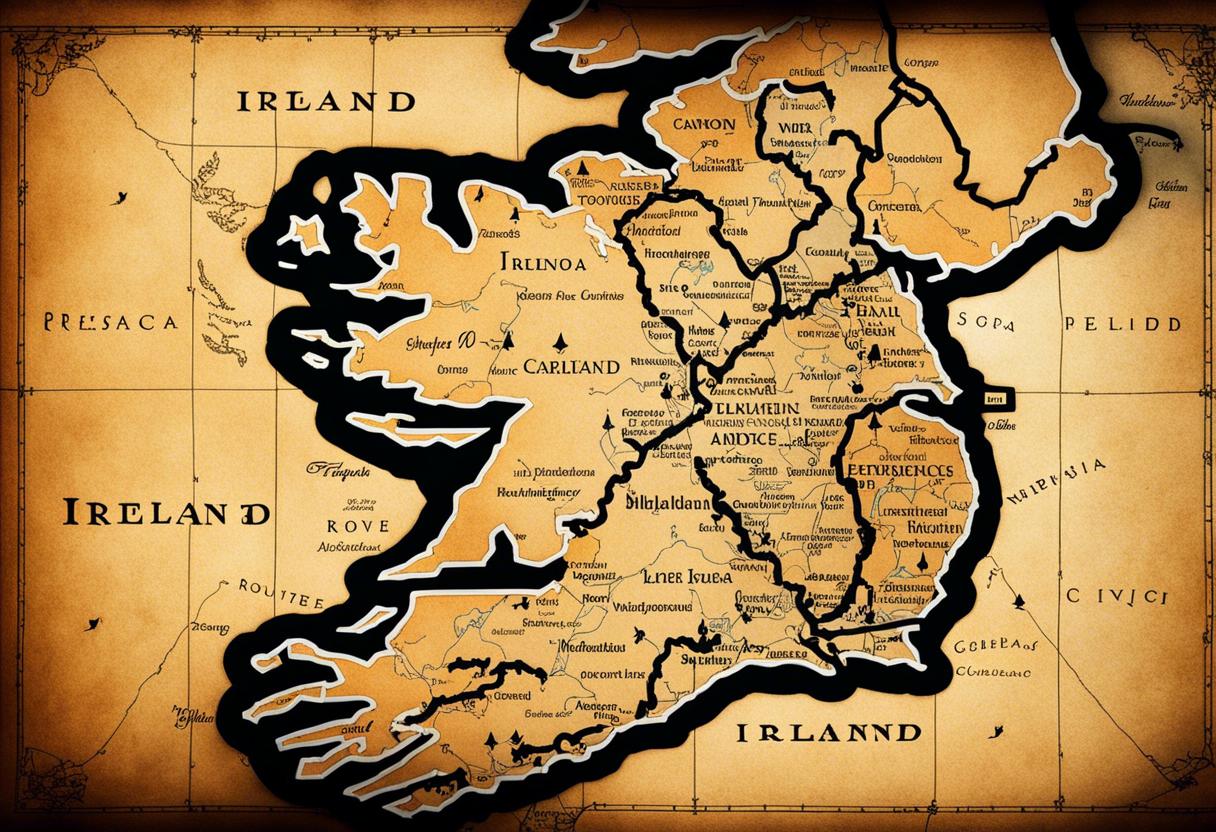Sometimes it can be hardest to perceive what’s directly before your eyes. The study of literature can intensify this challenge, as academic readers might over-complicate texts to a greater extent than casual readers. This could be the experience of an unwary fan of Maggie O’Farrell when being introduced to this essay collection about her work, given the introduction’s use of terms like “trauma theory”, “palimpsestousness”, and “defamiliarisation and inversion”, which are to be utilised in the discussion of O’Farrell’s novels.
Despite the seemingly daunting academic jargon and theories, this collection of essays offers an enriching and educational experience, that heightens the understanding and appreciation for an unconventional but undisputedly successful contemporary writer, O’Farrell, who has gained both critical praise and popularity amongst readers.
Belfast-based novelist Elaine Canning, the editor of this compendium, has assembled a comprehensive guide to O’Farrell’s works. It includes critical responses, a timeline of her life, bibliography, and a detailed interview with O’Farrell herself. The essays, two of which by Canning provide profound historical and literary context, while also linking O’Farrell’s work to the writings of other contemporary authors, specifically those from Ireland and the diaspora, such as Sebastian Barry, David Park, Colum McCann and Kit de Waal.
The orientation and location shifts in O’Farrell’s stories are articulately demystified using Marc Augé’s ‘non-place’ theory by Canning. O’Farrell’s portrayal of characters understanding places and their own bodies as distinct layers of identities post-motherhood is also insightfully examined by novelist Ruth Gilligan.
O’Farrell has gained recognition primarily for her 2020 novel, Hamnet, an intriguing juxtaposition of historical speculation that Shakespeare’s son (bearing a name similar to Hamlet) tragically perished due to the plague. This novel, somewhat accidentally, mirrored pandemic fears. Seemingly marking a fresh trajectory in O’Farrell’s writing, her past works largely conveyed historical periods via the narratives of ancestors in contrast to a current context. Her most recent creation, The Marriage Portrait (2022), delves into the life of Lucrezia de’ Medici, the 16th-century Duchess of Ferrara. Both works draw heavily from literary tradition besides real-life inspirations. Hamnet explores the theory that Shakespeare’s infant son “expired in Stratford so his namesake [could] persist indefinitely,” as Ulysses’ Stephen Dedalus phrases it, and the proposition that Shakespeare himself embodied the ghost in his most noted play. In The Marriage Portrait, Lucrezia runs the risk of becoming the “My Last Duchess” from Browning’s spine-chilling poem (though the historical figure may not have actually been slain by her spouse).
O’Farrell discloses in her memoir her aspiration to pursue a PhD focusing on ‘the crafty, inconspicuous roles of women in medieval poetry’.
An excellent essay on Hamnet by Laurie Maguire offers a noteworthy insight into the consistent patterns across O’Farrell’s oeuvre. The examination further amplifies the meticulous consideration towards historical setting found elsewhere in the collection. Nicholas Taylor Collins situates Hamnet within the framework of Renaissance household values and gender notions. In her historical exploration of asylum confinement (particularly of women considered ‘difficult’) from Victorian times, Susan Alice Fischer makes sense of the resonances created by The Vanishing Act of Esme Lennox (2006). Fischer also highlights one striking element of O’Farrell’s prose – its emphasis on sensory perception. This aesthetic sensitivity attains special prominence in the “ambience” of Hamnet (Maguire) and via how the tangibility of images is intertwined with character depiction in The Marriage Portrait (Canning).
This collection of work, while meticulously academic, lacks the recognition, or more practically, an investigation, into the distinct peculiarity present in O’Farrell’s pieces. Her 2002 novel, My Lover’s Lover, bore the brunt of criticism for it’s seemingly unreasonable framework based on an easily corrected misunderstanding. Nevertheless, Sarah Gamble’s essay apropos this perceived weakness, advances the theory that the story is replete with semantic interferences and centres on the notion of translation. Edward Matthews’ comparison of O’Farrell’s This Must Be The Place (2016) and Zadie Smith’s NW (2012) points to a rivalry between two narratives, arguing that in spite of the global switches in perspective as opposed to local ones in O’Farrell’s work, the crux of the tale remains the moral destiny of the leading character. The disregard for the melodramatic nature of specific facets of O’Farrell’s plots bypasses an enticing supposition – that the intense frenzy of activity and geographic progression put to test the basic concept of literary character. O’Farrell shares in her memoir her once desire to focus her PhD on the “underestimated importance of women in medieval poetry”. A recurring theme of O’Farrell’s writings giving a central role to otherwise sidelined women brings an interesting aspect to her work. Her pieces have a touch of wildness about them, invariably revolving around individuals attempting to escape their own existence, offering an intriguing diversion from the structured scholastic approach typically taken by O’Farrell’s ardent readers.

